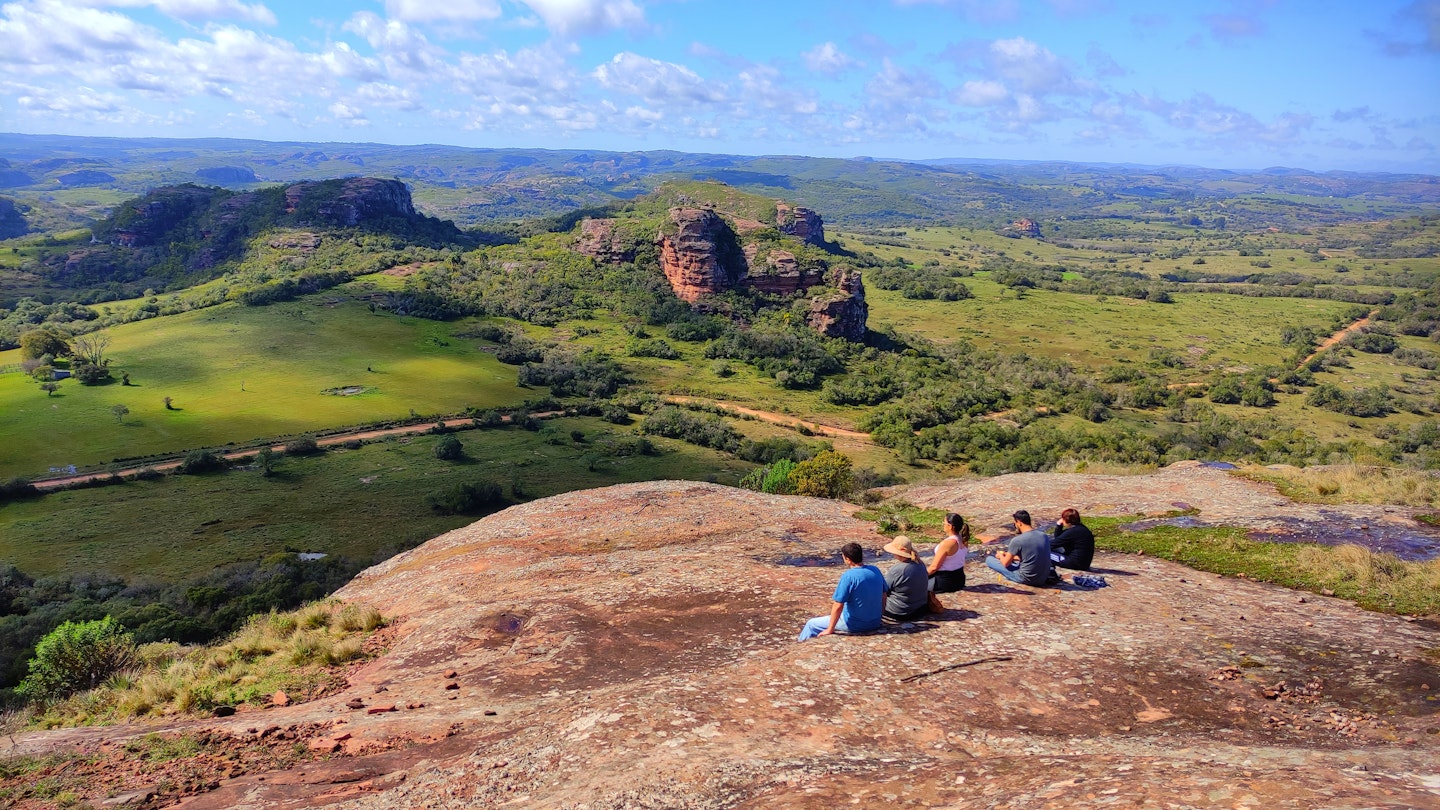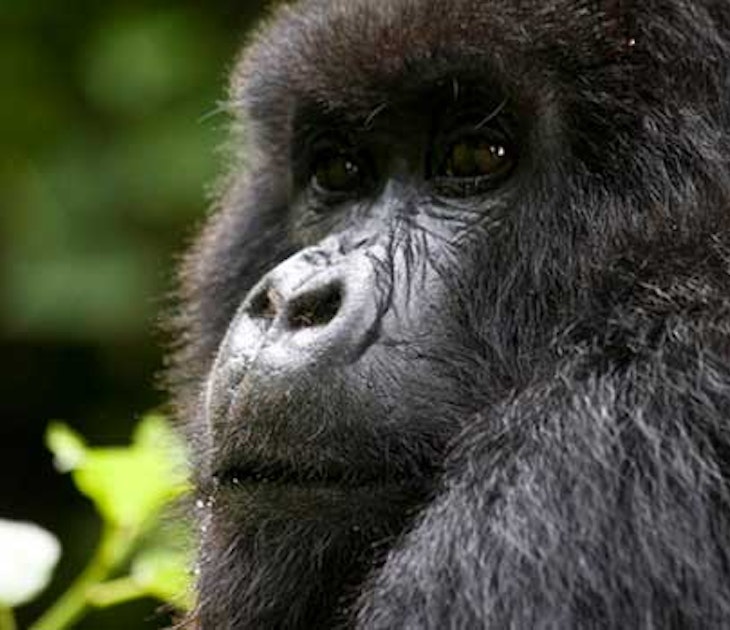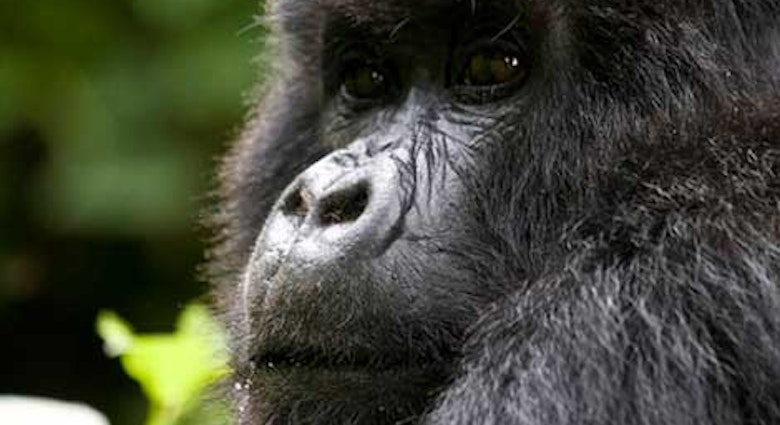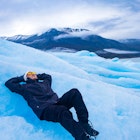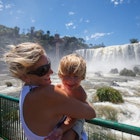Last month, two zones in Brazil’s southernmost state were recognized by Unesco as Global Geopark regions: Quarta Colônia and Caçapava do Sul, both in Rio Grande do Sul.
“Geoparks are territories defined by Unesco as areas that have a geological, geomorphological or paleontological heritage of international relevance and which can use said heritage as an element to facilitate regional development,” explains Dr Adriano Severo Figueiró of the Federal University of Santa Maria (UFSM), who was part of the team that proposed the regions for this designation.
While the two parks are only a two-hour drive apart from each other, each has unique elements that make it an ideal catalyst for regional development. Both of them are incredible sites to visit on your travels to Brazil.
Some of the oldest rocks on Earth
“Caçapava do Sul has a geomorphological uniqueness,” explains Dr André Borba, looking out across the succession of 500 million-year-old rock formations for which the park is famous. A professor of geoscience at UFSM and integral member of the Geopark’s research team, Borba has a passion for this part of the world that is more than evident. “These formations were here before any living thing, animal or plant, existed on this earth,” Borba marvels.
“What’s really special is that these rocks are exposed in a series of exceptionally beautiful mountain ranges and hills, creating a fantastic scenic beauty, especially in the Serra da Guaritas and the Serra do Secreto.”
Borba is right. The Serra do Segredo is truly spectacular. Its namesake rock, the Pedra do Segredo (Secret Rock) is 120m (394ft) tall, and offers a relatively easy, hour-long trail to explore. You’ll hike through the main caverns, ending up at the famous Portal do Segredo (Secret Portal), a cave in the high center of the mountain that opens to a panoramic view over the surrounding hills.
Waking up on the onsite campground, you’ll have easy access to the Serra do Segredo and its spectacular sunrises. The area is also known for its outdoor climbing routes and is one of the principal points in the country for hang gliding and paragliding.

Explore the Geoparks more deeply with a guide
If you’re looking to climb higher – say, to the top of the Pedra do Segredo – or to take trails to some of the further outposts, such as Toca das Carretas or Pedra Furada, you’ll need a guide. Many of the trails remain unmarked, as many of them sit on private lands. Indigenous tribes and quilombos call the region home, as do family farms and cattle ranches.
In this way, Geoparks are different from national parks. They often have no set delineation, may be managed by private entities and can include privately owned lands. The official Unesco designation helps local communities to identify and more deeply appreciate their unique natural surroundings and resources, and to create sustainable revenue models that directly benefit from conservation efforts.
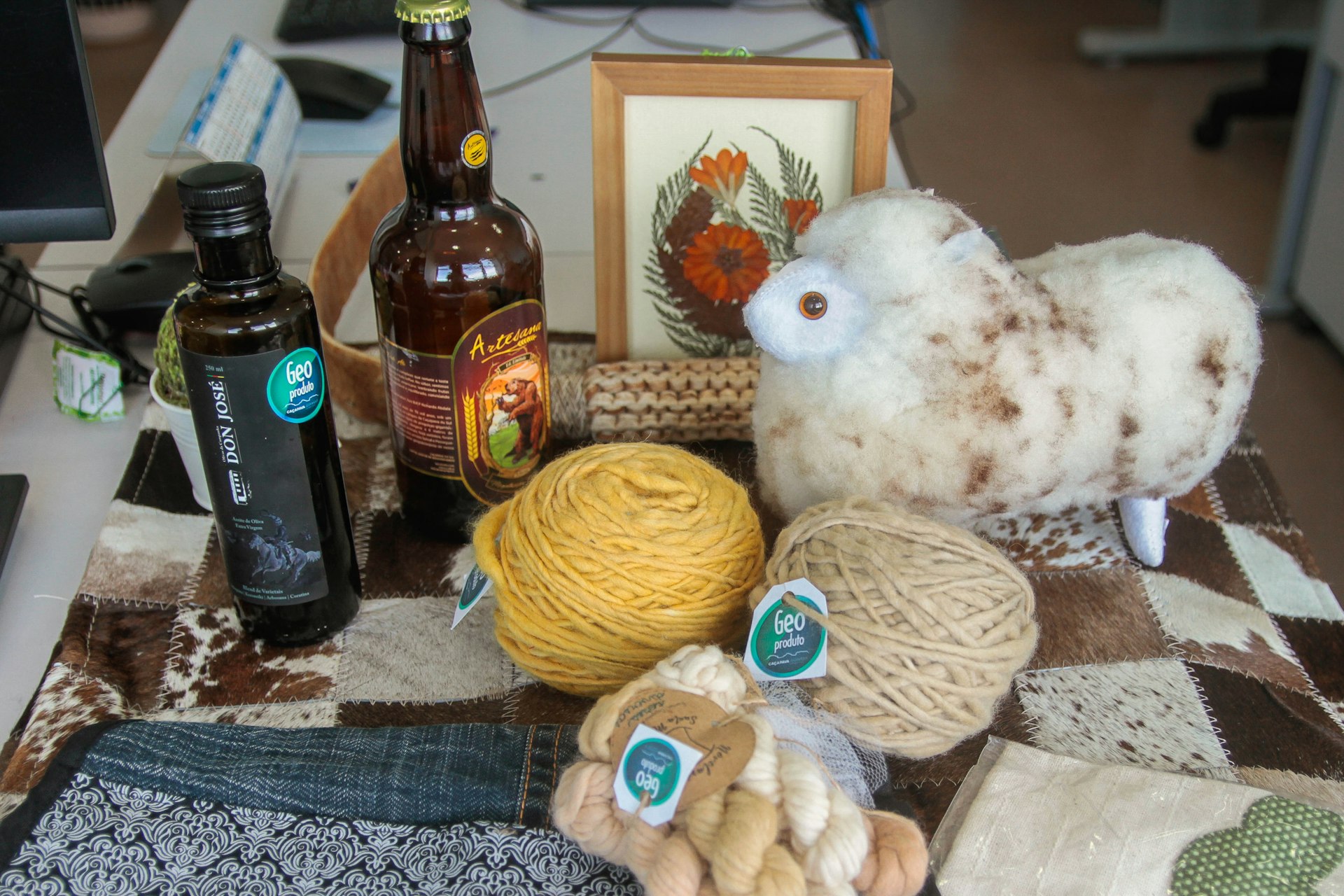
An artisan connection
Dr Elisângela Lopes da Silva was part of the group that spearheaded the Geopark project and the Unesco designation. Her contribution revolves around tourism development through the work of local artisans.
“While I was working on my PhD, I got to know the female artisans of the region when we still had the Municipal Center for Artisans,” she says. “I noticed there was something missing [that] connected artisan work with tourism in the region.”
Originally a forest ranger and researcher, Dr Lopes da Silva managed to bridge the gap between the park and local artists with a co-op shop and atelier called Com Arte Atelier, located within Caçapava do Sul’s city limits.
“I felt we needed to better understand how local artisans view the natural beauty of the region, how they relate to it and how they interpret it.”
What she found was that many artists and artisans of the region didn’t actually know the park zone very well.
“We need to better know the place first, and then we can develop our work from there,” said Nara Portella, art educator and local creator. “We are still working on creating a local identity.”
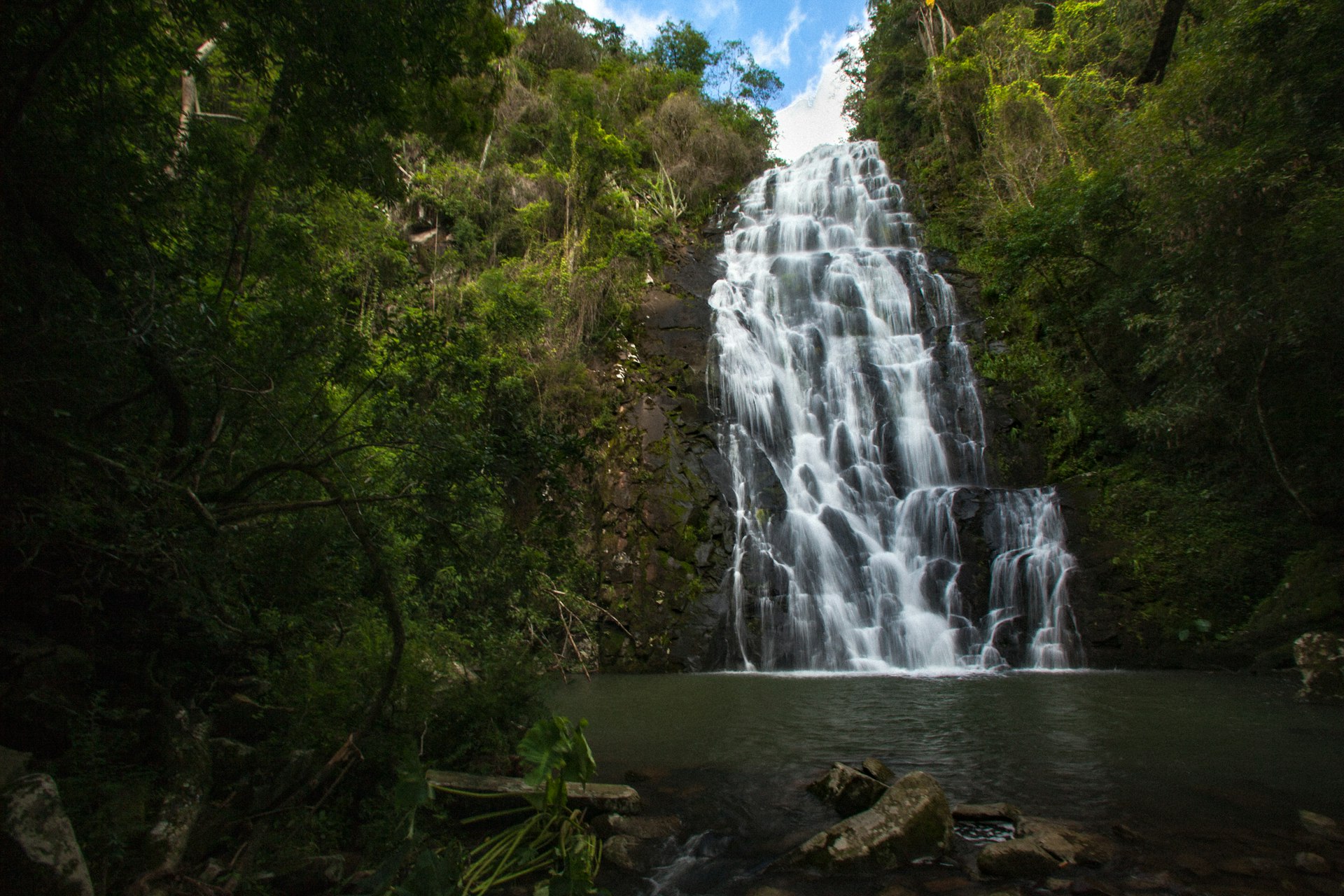
Where the dinosaurs roamed
In Quarta Colônia, such an identity is more obvious. Although it too is replete with rivers and waterfalls, the Quarta Colônia Geopark is best known for the plethora of dinosaur fossils found within its territories, some of them over 230 million years old. Scientists have even discovered previously unknown species at the site.
“In the region of Quarta Colônia, in particular, we have records of some that are the oldest dinosaurs in the world,” says Flávio Pretto, paleontologist at the the Centro de Apoio à Pesquisa Paleontológica (CAPPA). “We also have a whole series of other animals that coexisted with them.”
According to Pretto, the Geopark designation will help to support the research center and its mission, while simultaneously promoting education among local students, the community and tourists alike.
“Our work is intimately related to the community. This was one of the reasons CAPPA was created,” Pretto explains. The group’s formation, together with the Unesco imprimatur, helps ensure that any fossils found within the park’s territories can remain within the community.
According to Dr Rosemar de Fátima Vestena, a professor at Franciscana University and CAPPA researcher, prior important fossil findings were shipped off for study at universities in other states. Now, with the Geopark status, “our material will be studied here and will stay here, and our students from the region will be able to benefit from it being here.”
With visitors ranging from three to 83 years old, the CAPPA research center works to educate the surrounding residents of all ages, thus deepening its scientists’ paleontological work.
“One of the center’s recent major finds wasn’t unearthed by paleontologists,” says Pretto. “It was found by a farmer. A farmer and a carpenter. And thanks to the fact that they knew that it might be a fossil, due to our educational work in the community, they managed to reach out to us, and it ended up being a discovery of four almost complete skeletons of a previously undiscovered dinosaur species.”

How to visit Brazil’s new Geoparks
The town of Caçapava do Sul provides a great base for exploring the park of the same name; Guaritas Hostel Rural is a reliable lodging option. Or you can camp onsite at Pedra do Segredo Municipal Park ($6.30 per day; advance booking and tents required). Guided hikes of other trails requires advance booking and varies in price, depending on the number of hikers.

